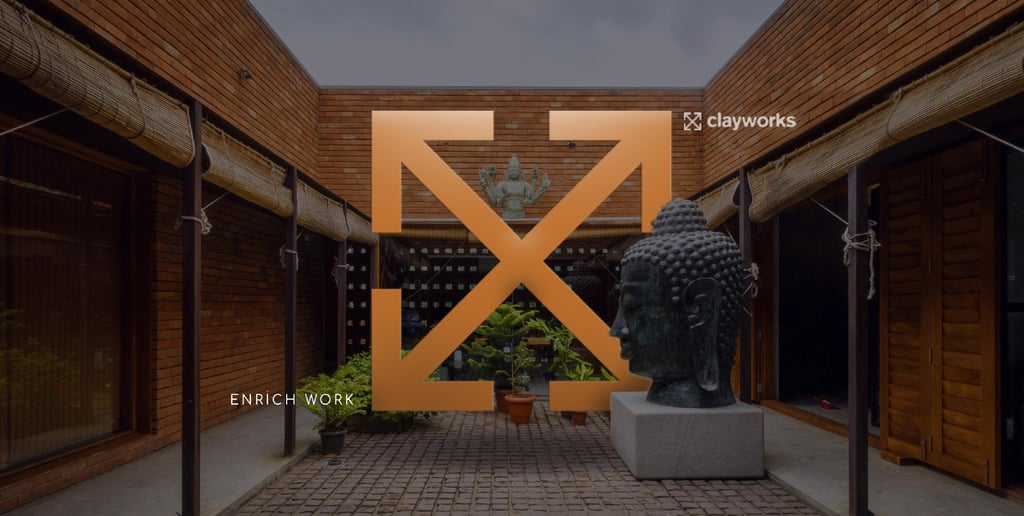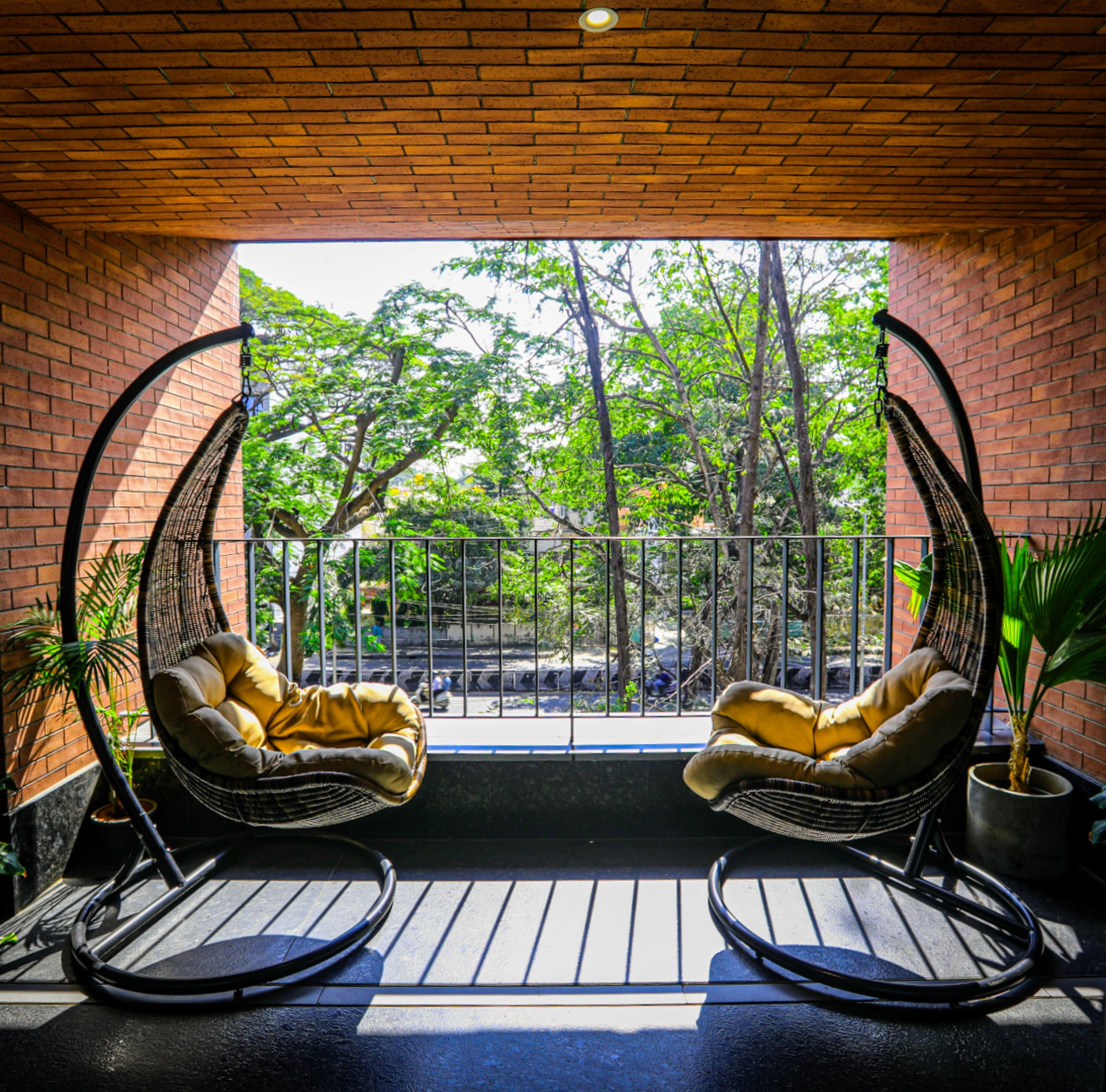The Future of Work: How Flex Office Spaces Are Redefining India's Commercial Real Estate
Explore how flex office spaces are reshaping the future of work in India’s evolving commercial real estate landscape. With businesses increasingly prioritizing flexibility, sustainability, and cost-efficiency, flex spaces have been driving a significant shift in how companies approach workspace solutions.


The Indian flexible office space market is highly transformational in the commercial real estate industry. With this the trend has shifted post-pandemic for large corporations to make use of flexible spaces, as they now adapt to their offerings and offer cost-effectiveness. The demand placed in this market is predicted to exceed 100 million sq. The number is expected to grow to roughly 20% of the overall office inventory in India by 2026. It will alter the way businesses consider workspace solutions.
What do not work are the geographic dimensions. Flex spaces that hitherto were concentrated within major business centers like Bengaluru and Mumbai till recently, are gaining greater acceptance in emerging markets. For example, Kolkata and Pune have seen massive growth in transactions at sizes; the latter 219% and the former 238%, which can be a strong indication toward decentralized office space. Tier-2 cities like Jaipur, Kochi, Ahmedabad, and Lucknow are also gaining more attraction. Business houses are looking to shift base from the traditional metro clusters as the infrastructures of these tier-2 cities have improved majorly, and the rentals are softer along with skilled workforce in their ranks.
At 7.5% of India's total grade-A office space, flexible office stock would be one of the lowest, but growth is expected to come at a highly aggressive pace. The 'Beyond Bengaluru' mindset has indeed influenced the decentralization of the market, and the expansion is not just to meet the demand for less congested and more distributed economic activity but also a factor critical for the sustainability and inclusivity of modern businesses.
Hyderabad has become a big contributor with the highest average transaction size at 53,210 sq. ft. during this pandemic time, and that is up by 55% over the pre-pandemic era. This again shows that flexible office solutions are not just for startups but for big, established companies too. In fact, almost close to 48% of flex stock in India enjoys green certification aligning with eco-friendly business principles.
It is noted here that this growth pattern reflects larger overall trends, including the growing desire for hybrid models of work as well as a renewed focus on sustainability. As larger and larger corporations embrace such spaces, the financial health of flex operators has therefore improved. Robust revenue streams as well as easy financing conditions from banks and fund houses mean the sector has a path toward long-term profitability.
This will be merely a fading fad; in reality, it is a reflection of the changing nature of work itself. As businesses and their structures grow in all possible shapes and sizes as more agile, cost-effective, and environmentally responsible solutions, India is bound to see the flex office market boom in the commercial real estate scene. With the flex office market going close to the milestone of 100 million sq. Flex spaces by ft. will continue to refigure the way people work, and provide business with a chance to change in-line with this ever-changing market.

